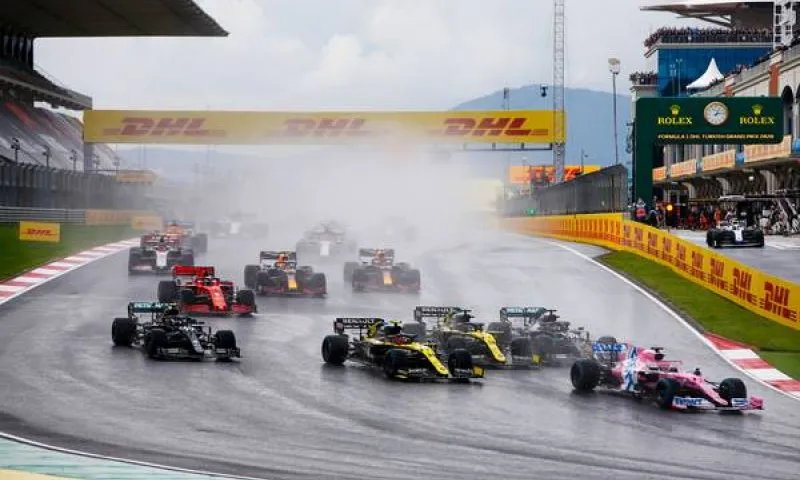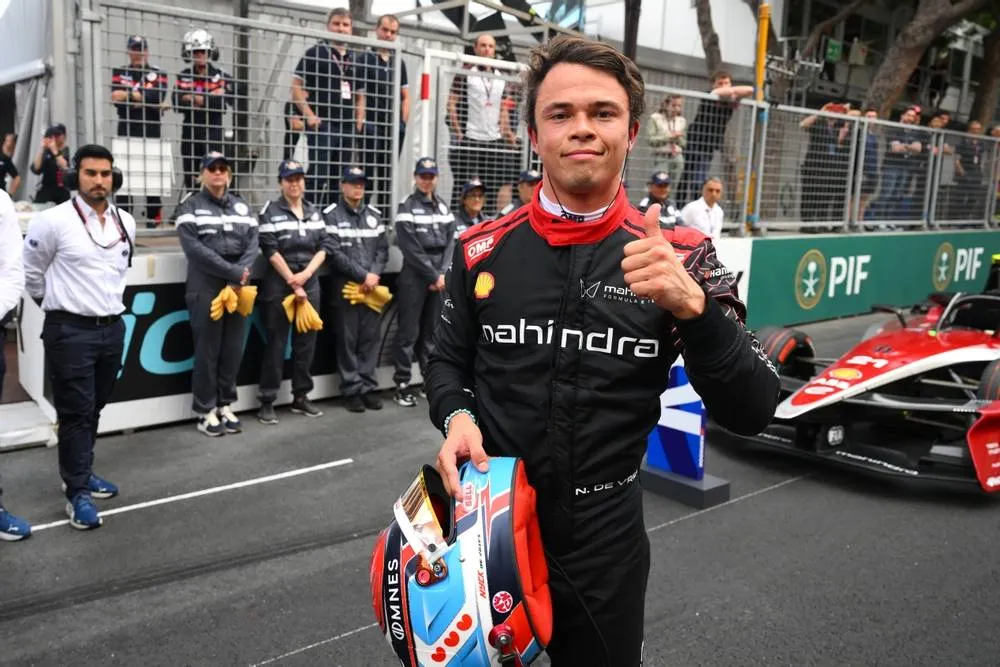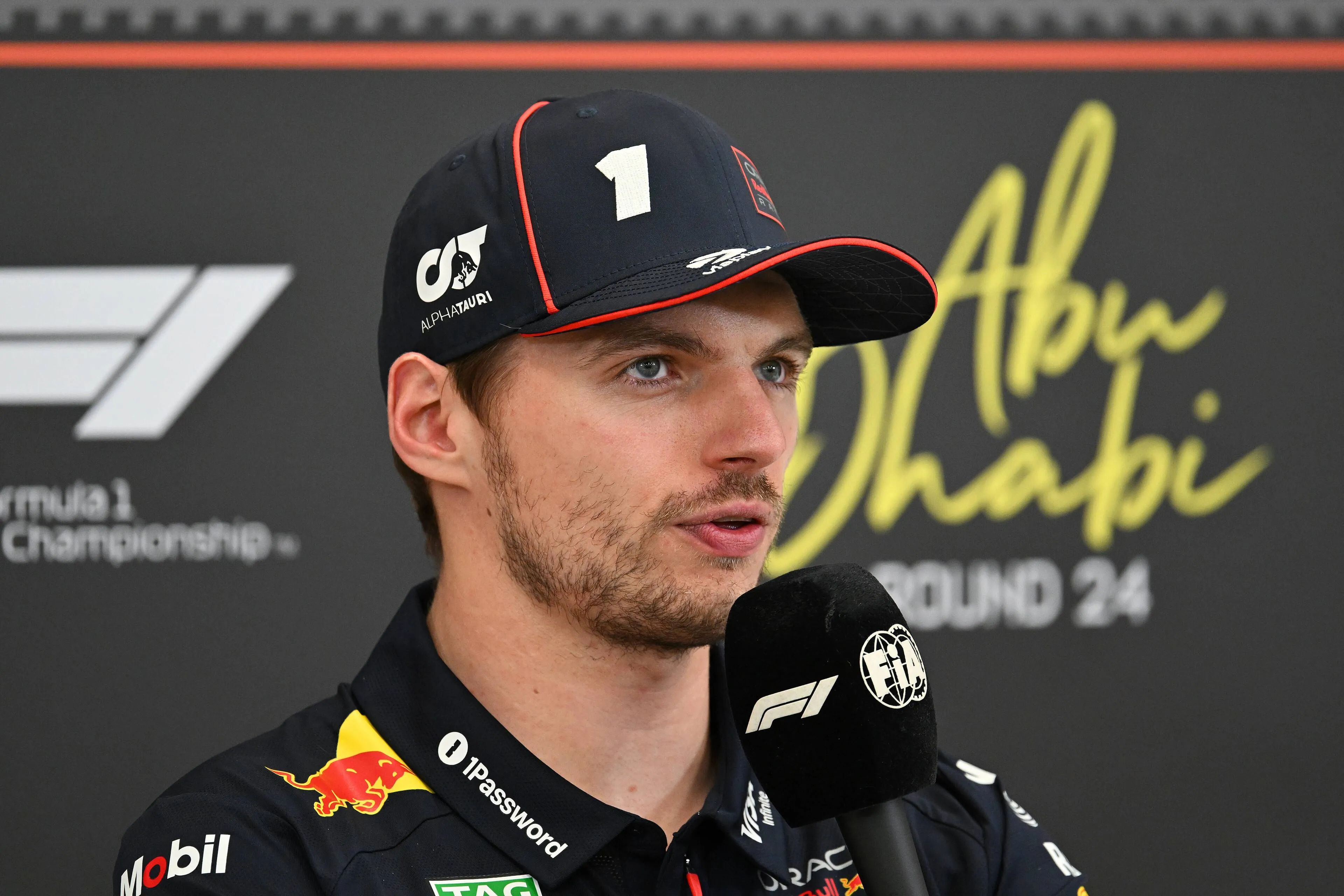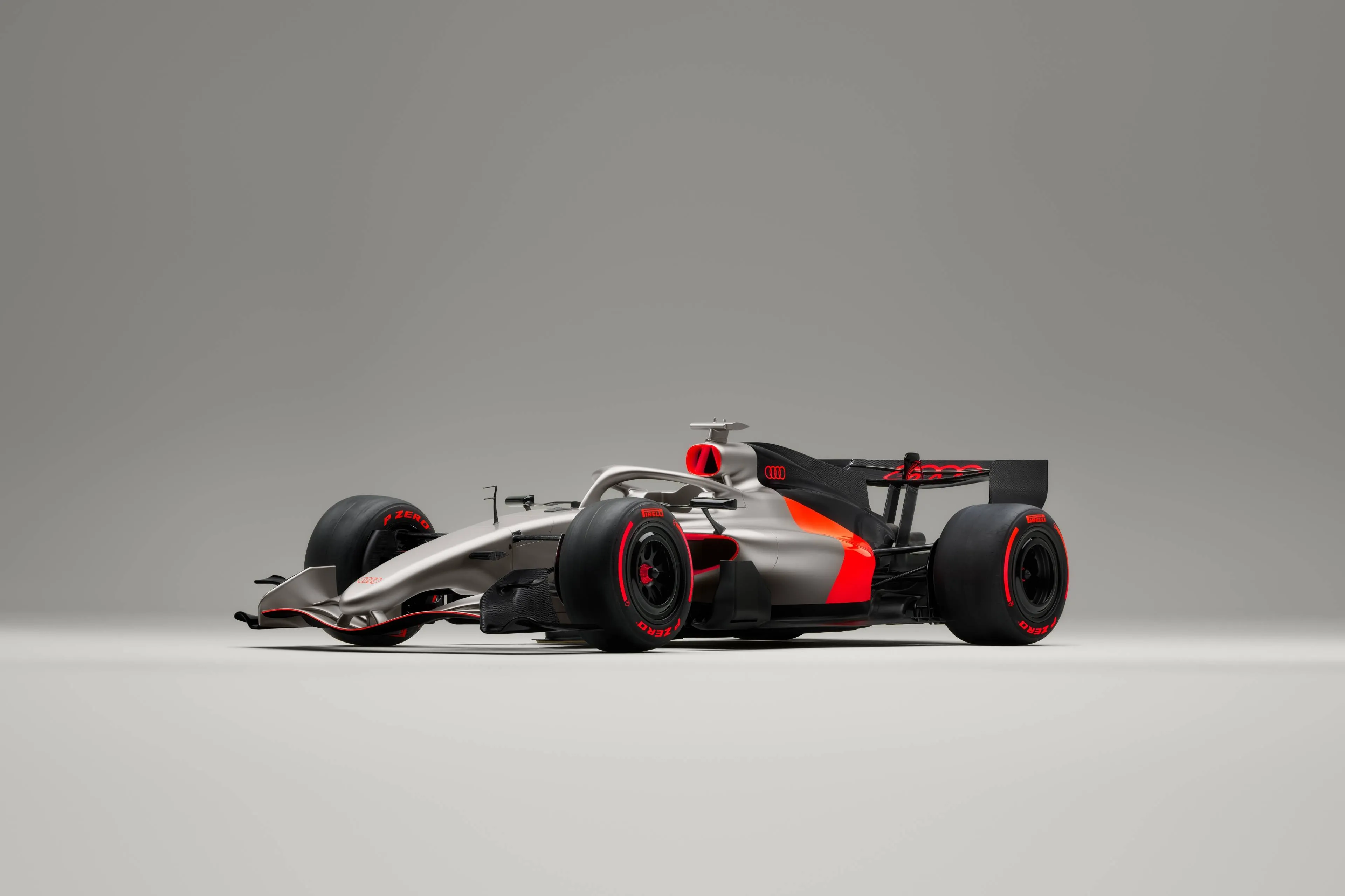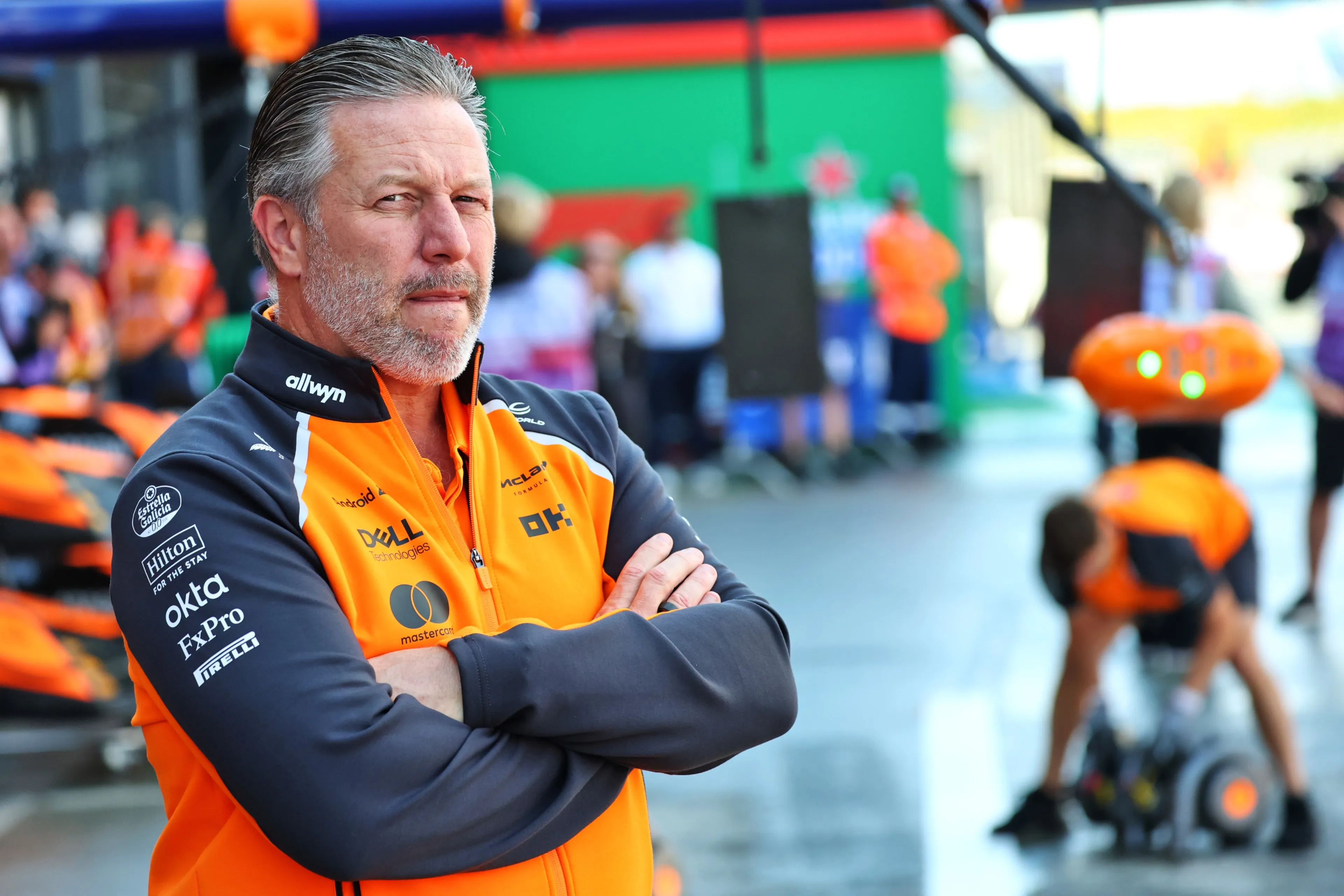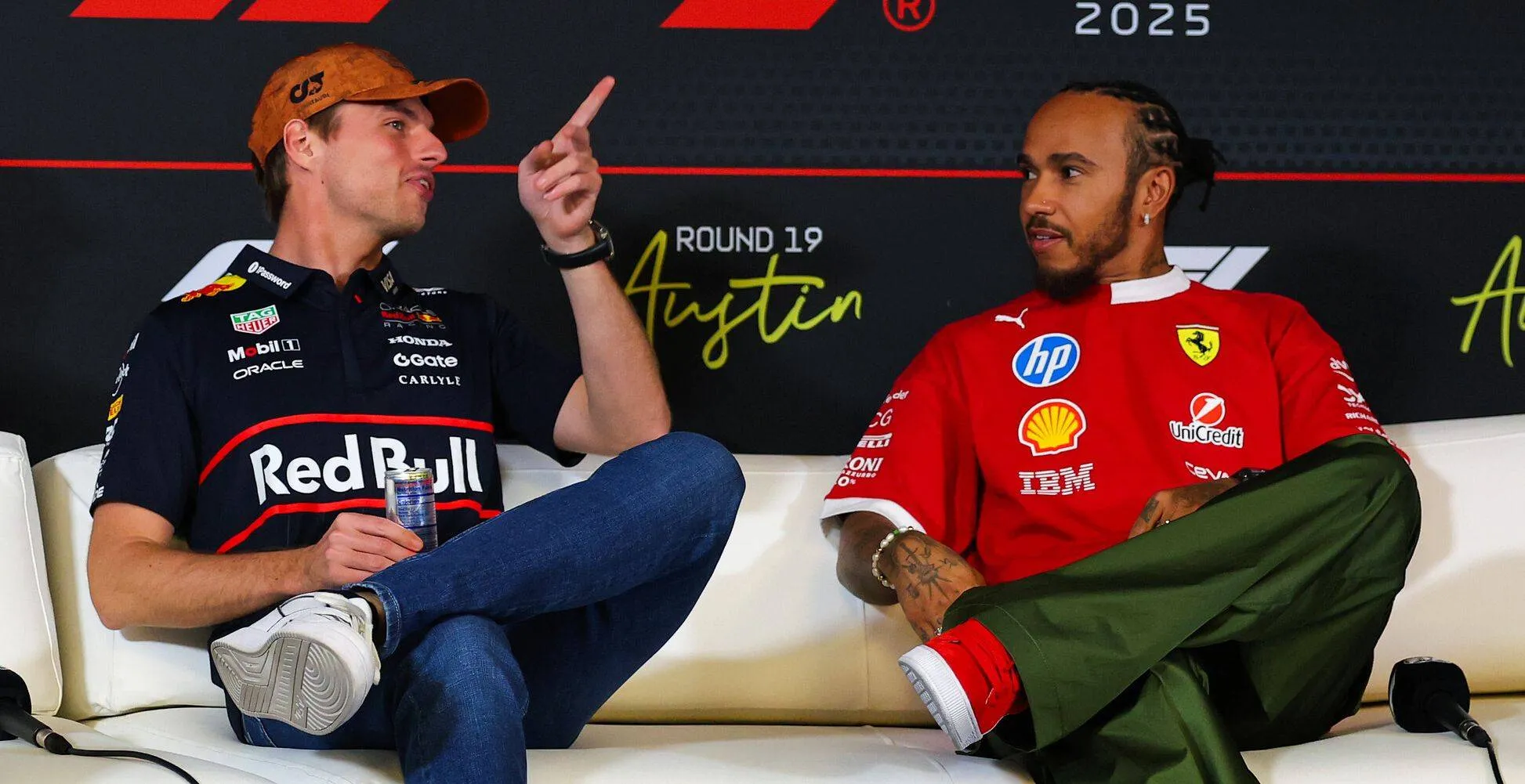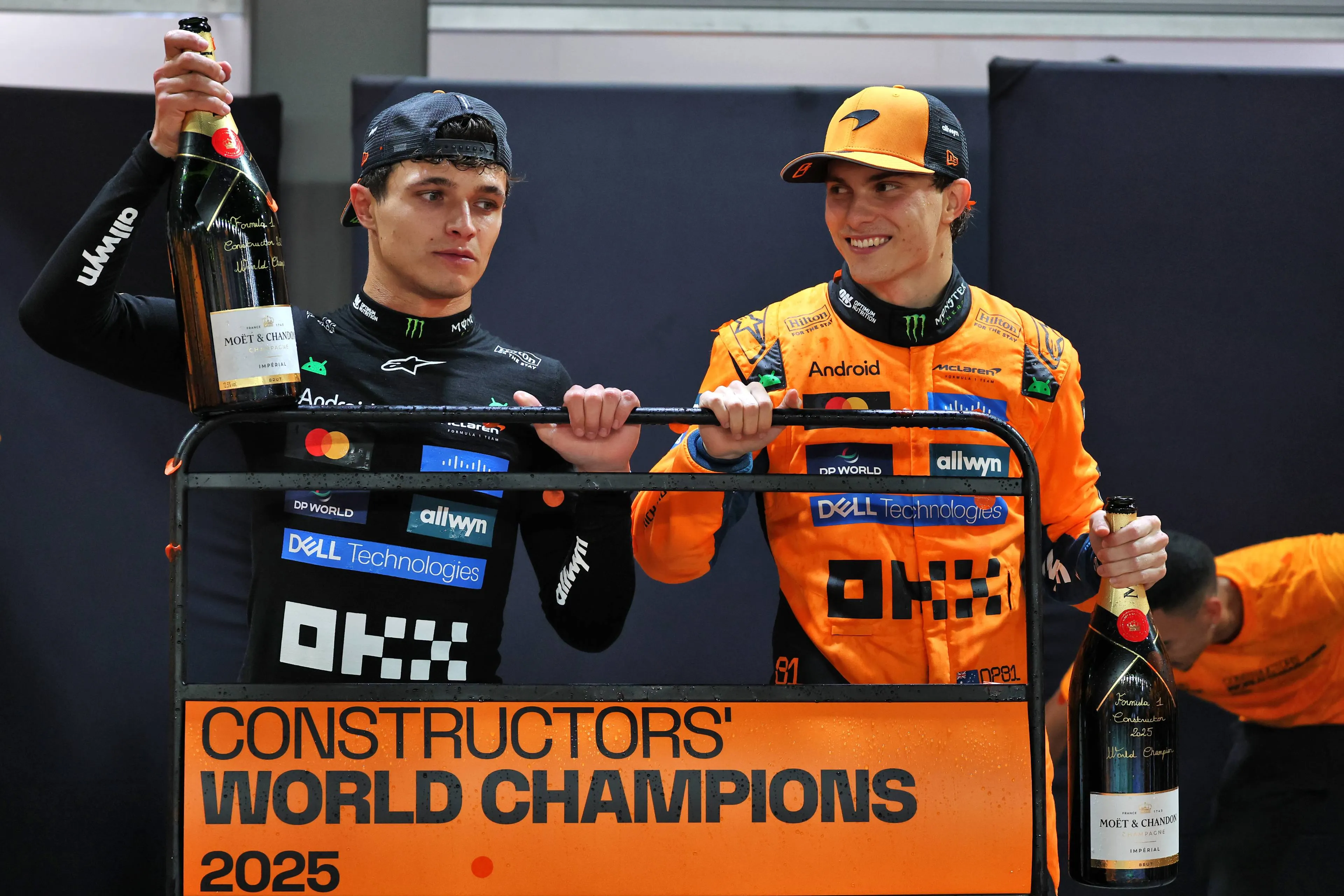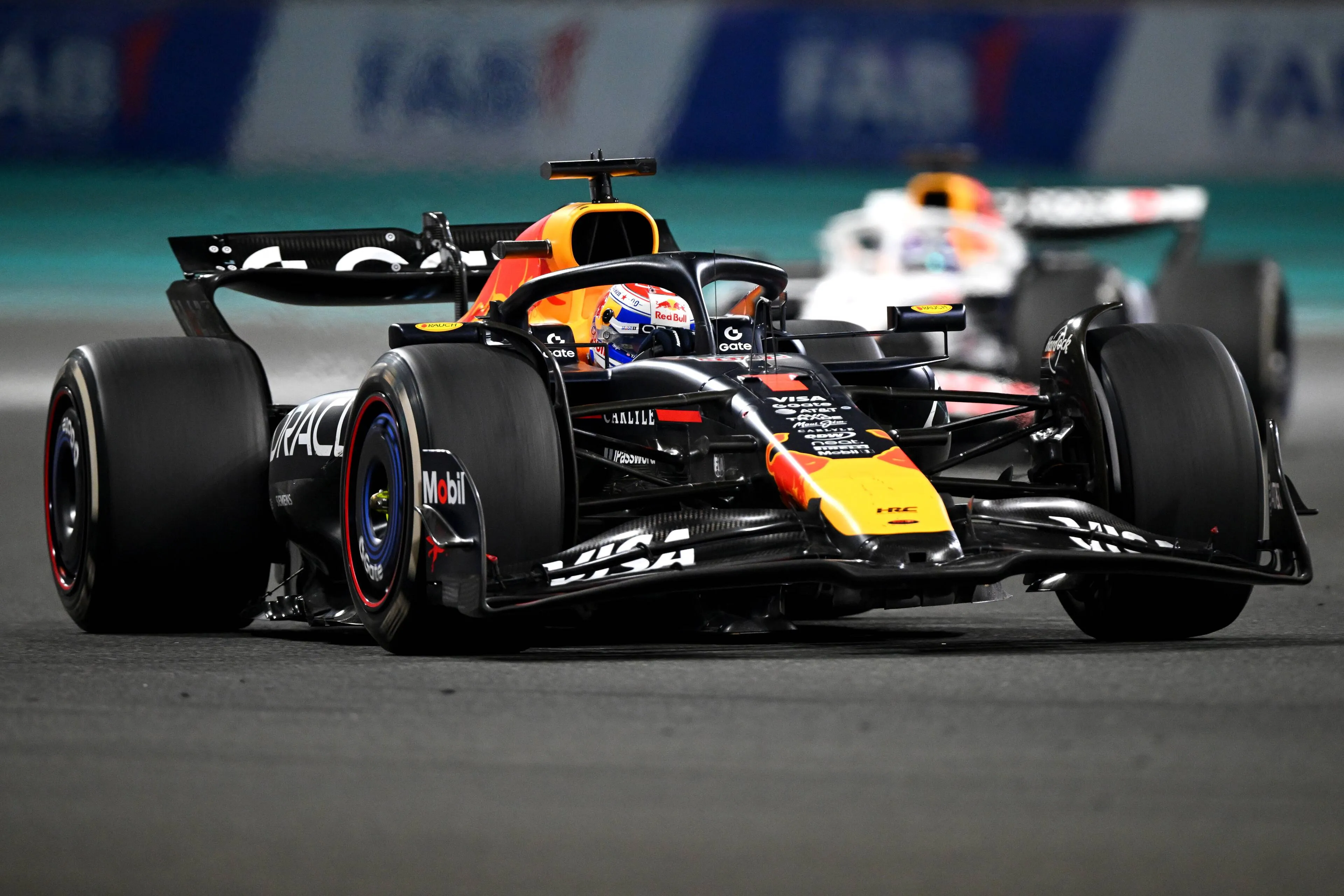Formula 1 is a sport like no other. The mixture of individual performance and teamwork, technology and blood, sweat and tears. Formula 1 is the pinnacle of engineering and human performance. But what’s more important when it comes to winning races, the driver or the car?
This is the debate that has hung over motorsport at all levels for as long as people started racing vehicles around circuits. There are always fast drivers and fast cars and this is certainly the case for Formula 1.
So, is the car more important?
There are currently 10 teams in F1 and there is no denying that certain manufacturers are faster than others. Everyone reading this article would be able to list the teams in order of their competitiveness and everyone’s list would look the same.
Recently, Mercedes have dominated since 2014 and many believe that they would have been as successful as they have been no matter what drivers they put in their cars. It’s the technical differences that have made the Silver Arrows the dominant force they are.
They have the best engineers, designers and leaders who put the project together and ensure the smooth running of the team. There are thousands of people who work for them and there is no coincidence that their big budgets for development are what lead them to race victories and ultimately Championship success.
If we say for example that Hamilton is the fastest driver on the grid, would he be able to make George Russell’s Williams drive any faster around the track than Russell can do himself?
I don’t think so. The car is therefore a massive part of performance and the likelihood is that if Russell drove Hamilton’s car then he would be the one winning races.
Is it the driver?
At the end of the day, if drivers weren’t important to results in Formula 1, the top manufacturers wouldn’t be paying the drivers as much as they do. The cream always rises to the top and the fastest teams have the fastest drivers showing that it’s the human in the cockpit that makes all of the difference.
In a sport dominated by finance and money, teams would not splash out unnecessarily on the top drivers if they made no difference on the track.
There are a handful of teams on the grid with a clear disparity in performance between the two drivers at a specific team. To use Williams as an example again, Russell has out-qualified his teammate in every qualifying session he has taken part in since joining F1.
For two drivers in the same car to have such a difference in performance suggests that Formula 1 is still a sport in which the individual can make a difference.
So which is more important?
It depends. At the top of the grid it’s the car that makes all of the difference. You could put any driver on the F1 grid in the top car and they would be able to win races. But the further down the grid you go, the more the driver starts making a difference.
The midfield is probably a 50/50 split between car and driver with that ratio becoming more like 60% car and 40% driver at the top of the grid and 40% car and 60% driver right at the bottom.
Paddy Lowe put out a tweet after Hamilton’s victory in Turkey, which saw him secure his seventh drivers World Championship, and this sparked a lot of conversation about the topic.
It was this race in these difficult conditions that would have confirmed for many that despite having the best car on the grid, it was the driver who actually made the difference. Poor conditions are a big equalizer in Formula 1 and to still rise to the top on an even playing field shows that in Formula 1 the driver can still make the difference.
Read more about:
Popular on GPBlog
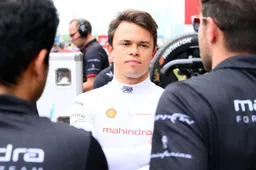
1
Confirmed: Nyck de Vries will remain in F1 in 2026 after a standout season
3458 times read
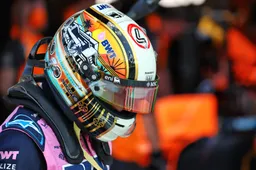
2
Alpine announces parting ways with ex-Formula 1 driver after 2025 swap
744 times read

3
Ex-Formula 1 driver gets arrested in the US for assault at son's go-kart event
367 times read
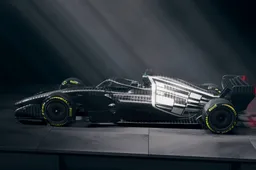
4
Cadillac begin F1 countdown as special edition testing livery revealed
313 times read
Loading
